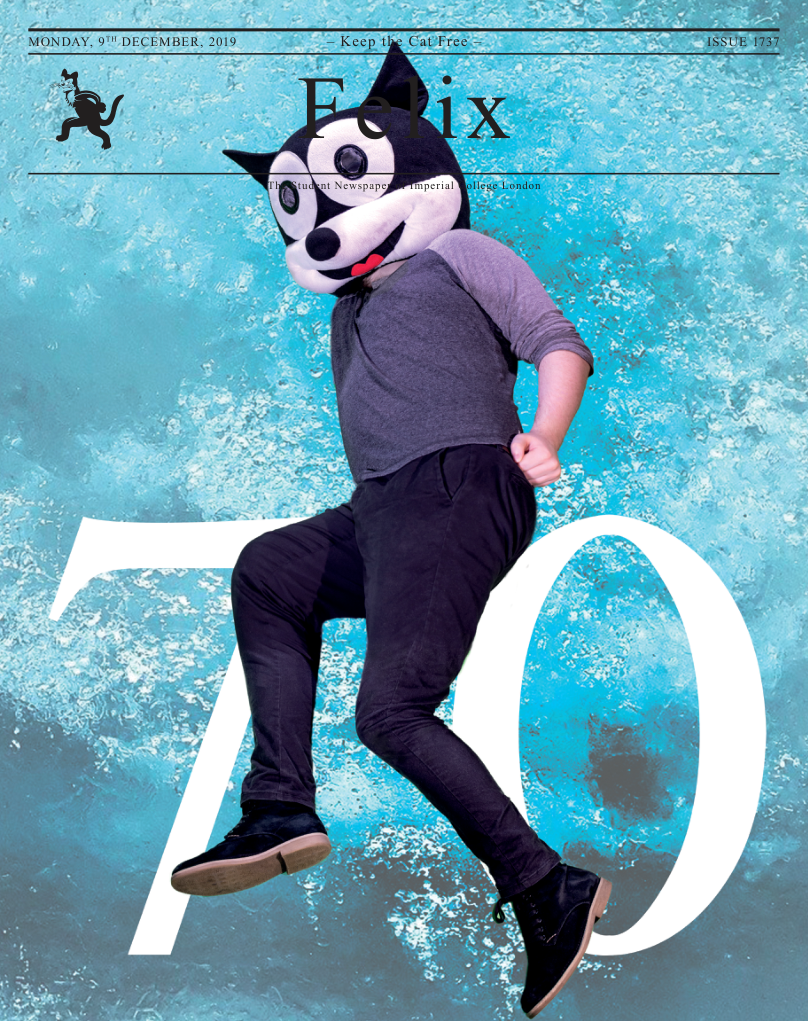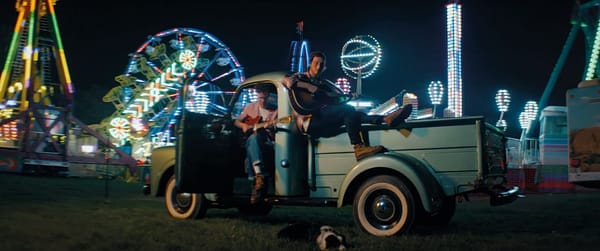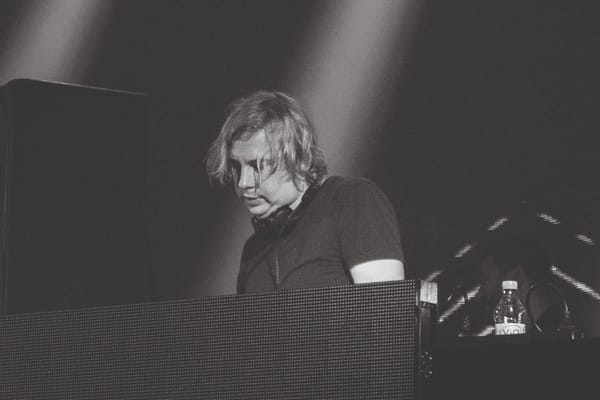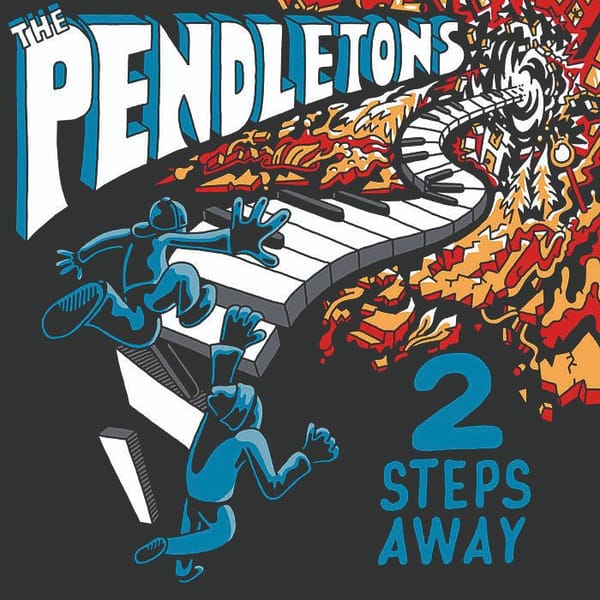A Brief History of Jazz
This week, to celebrate Felix’s anniversary, the music editors take us through the history of popular genres, starting with jazz

By the time this newspaper came into existence, jazz was already old – or at least middle aged. Louis Armstrong had defined improvisation, swing had already been and gone, replaced by frantic bebop, cool jazz and eventually fusion. Genres like rock and soul had begun to rear their heads, offshoots of jazz blended with blues. The fact that jazz is a force to be reckoned with years later, is a unique feat.
To newly emancipated black Americans, music represented a chance to escape poverty, as an employment unaffected by segregation. This created an armada of black musicians that would shape the music of the 20th century, and an attitude to music that can still be seen in impoverished US communities.
It is unsurprising then, that African drumming, blues and work songs of ex-slaves formed the cornerstones of what would later be labelled “America’s classical music”. Born in New Orleans, and fittingly played on instruments left over from civil war marching bands, jazz passed through the typical cycle of public outrage and eventual acceptance while incubating in prohibition era speakeasies. By the time the 30s rolled around, swing jazz was in full … swing.
A highly danceable (and therefore popular) style, swing was built around big bands, the most famous of which was led by Duke Ellington; these groups were characterised by their juggernautian sound and uneven, swaggering rhythms. Solos were a key component of the style, with soloists building on the foundations laid by Louis Armstrong, delivering intricate rhythms and interpolations of well-known melodies in feats of sheer virtuosity.
At the outbreak of WWII, big bands became difficult to sustain, as musicians were conscripted in droves. Smaller bands became more common, pioneered by innovators like Charlie Parker, Thelonious Monk and Dizzy Gillespie, these groups adopted increasingly complex harmonies, featuring dissonance, modulations and passing chords.
The music was significantly faster, drumming focused primarily on the ride cymbal, punctuated with off-beat snare hits and vigorous walking basslines. This was the birth of bebop, a style to be listened to, not danced to.
Whilst critically successful, and hugely influential, bebop lacked the public appeal of swing, and so gradually seceded to encroachments from of a variety of other styles.
Enter Miles Davis, whose string of singles that became Birth of the Cool were a blueprint for a more laid-back, sweet style of jazz, which balanced harmonic intrigue with listenability – literally giving the word ‘cool’ its meaning. Developed by the likes of Stan Getz, Dave Brubeck and Paul Desmond, it wasn’t until 1959 that this relaxed style would take its next step forward. Davis’ Kind of Blue, recorded in only 2 sessions, is widely considered as the greatest jazz album of all time, here Miles revolutionised the genre for a second time. ‘Modal jazz’ focuses its improvisations on a specific scale or mode, rather than fitting each chord individually. This helps build long, rich melody lines, modals jazz also features sour chords and harmon muted trumpet, with its distinctly whispered and seductive tone. Artists like Grant Green, Wayne Shorter and Bill Evans, whose ambiguous chords created a sedate style of his own would perfect cool and modal jazz into the 60s.
Meanwhile influences from classical, distilled through the music of Duke Ellington’s one-of-a-kind big band in the 30s, was informing many artists, most notably band leader and bassist Charles Mingus, whose raucus, and frankly terrifying harmonies found success on records like Mingus Ah Um. John Coltrane, after building his name on Davis influenced work, would push the boat out further, joining the like of Ornette Coleman and Don Cherry to create works of Free jazz, that defined much of the later 60s. These records are often interesting, but defy listeners to return to them, proving largely too chaotic to enjoy.
Legend has it, that while having dinner at the whitehouse, Nancy Reagan asked Miles Davis why he had been invited to the Whitehouse, to which Davis replied:
“I’ve changed the course of music five or six times. What have you done except fuck the president?”
It was with exactly this spirit that Miles Davis set out blending funk and rock into jazz, on his seminal records In a Silent Way and Bitches Brew. These records sparked a jazz fusion renaissance, with a fascinating range of sounds, yielding classic records like The Weather Report, Head Hunters and Red Clay. Other artists would incorporate these influences, as well as pop into their improvisational styles, over softer backdrops. This resulted in a growing number of accessible, commercially successful records that would earn artists like George Benson the label ‘sellout’, and an awful lot of money.
Whilst notable artists: Wynton Marsalis, Roy Hargrove, Vijay Iyer were active throughout later decades and acid jazz, smooth jazz and hip-hop, a genre which heavily sampled jazz were all around during the intermittent decades, there is notably less to be said for the late 70s through 00s.
Recently however, artists like Thundercat, Christian Scott and Kamasi Washington have sprung up, taking cues from the changed musical landscape, to deliver electronic-tinged, rhythm-driven jazz, finding a market of their own. London is notable for its thriving, jazz scene, with artists like Jacob Collier, Ezra Collective and Alfa Mist rising from a sea of promising faces. Fresh and exciting music, with a distinctly British, sensibility is still flowing in abundance, readers are advised to take note. These acts take cues from afrobeat legends like Fela Kuti and hip-hop, focusing more heavily upon rhyhtm, than the radical harmonies of artists like Chet Baker, in the last year alone a vertiable feast of music have been released. But that is an article for another day.









